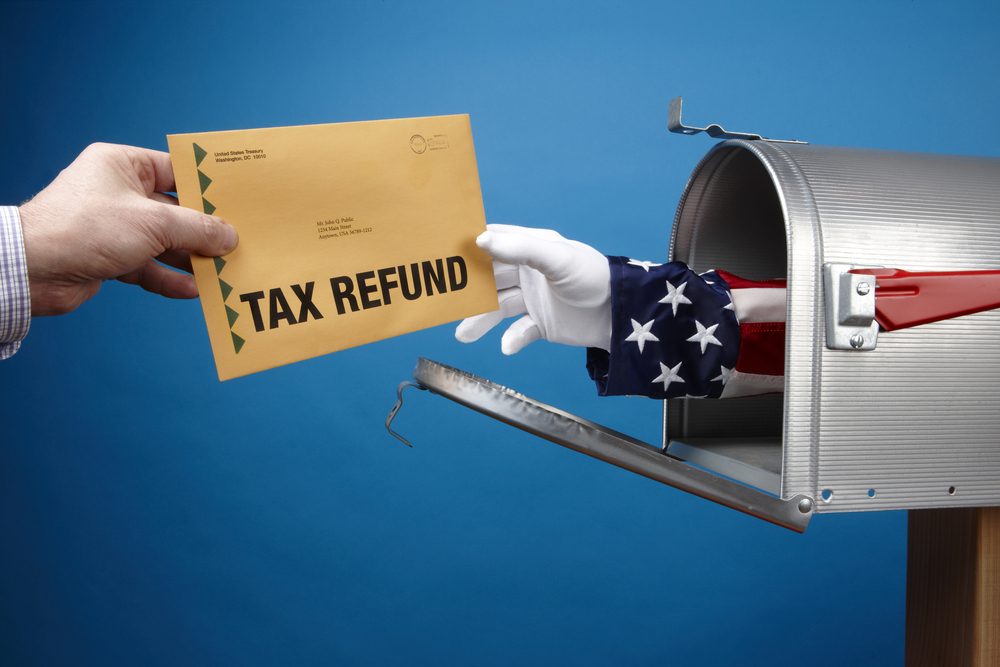Getting a big tax refund feels good. According to the IRS, the average American received a refund of $2,781 in 2019. Awesome! That should cover a summer vacation or make the down payment on a vehicle.
The only question is: Why are you getting this nice windfall?
It’s because you gave the government an interest-free loan the previous year. Your paycheck was also about $250 less per month. If you put that extra cash in a 401(k) and your company matched the contribution, you might have doubled that money in a bull stock market. On the other hand, if you end up owing money to the IRS at the end of the year, you have actually benefited from an interest-free loan from the government.
Getting it right
To reduce your refund for 2020 taxes, contact your employer’s payroll department and reduce your withholding. It can be a little complicated getting the calculations right, but the good news is you can make adjustments throughout the year. Ask your HR department for help.
When getting a refund is a good idea
If you feel you aren’t responsible enough to save on your own, then a big refund can be beneficial as forced savings. This is only true if you don’t spend the refund before you can save it.
If you’re still working, a better idea may be to have your employer deduct that extra amount you have been giving to Uncle Sam every paycheck and have it deposited into a savings account. Once you get three to six months’ of salary put away as an emergency fund, start adding those monthly contributions to your retirement account.
A little bit goes a long way when it is combined with other funds and you reap the rewards of compounding.*
* This information is not intended to be a substitute for specific individualized tax advice. We suggest that you discuss your specific tax issues with a qualified tax advisor.
Sources:
https://www.flexscore.com/learningcenter/tax-withholding-as-forced-savings
https://www.creditkarma.com/tax/i/how-much-is-the-average-tax-refund/



